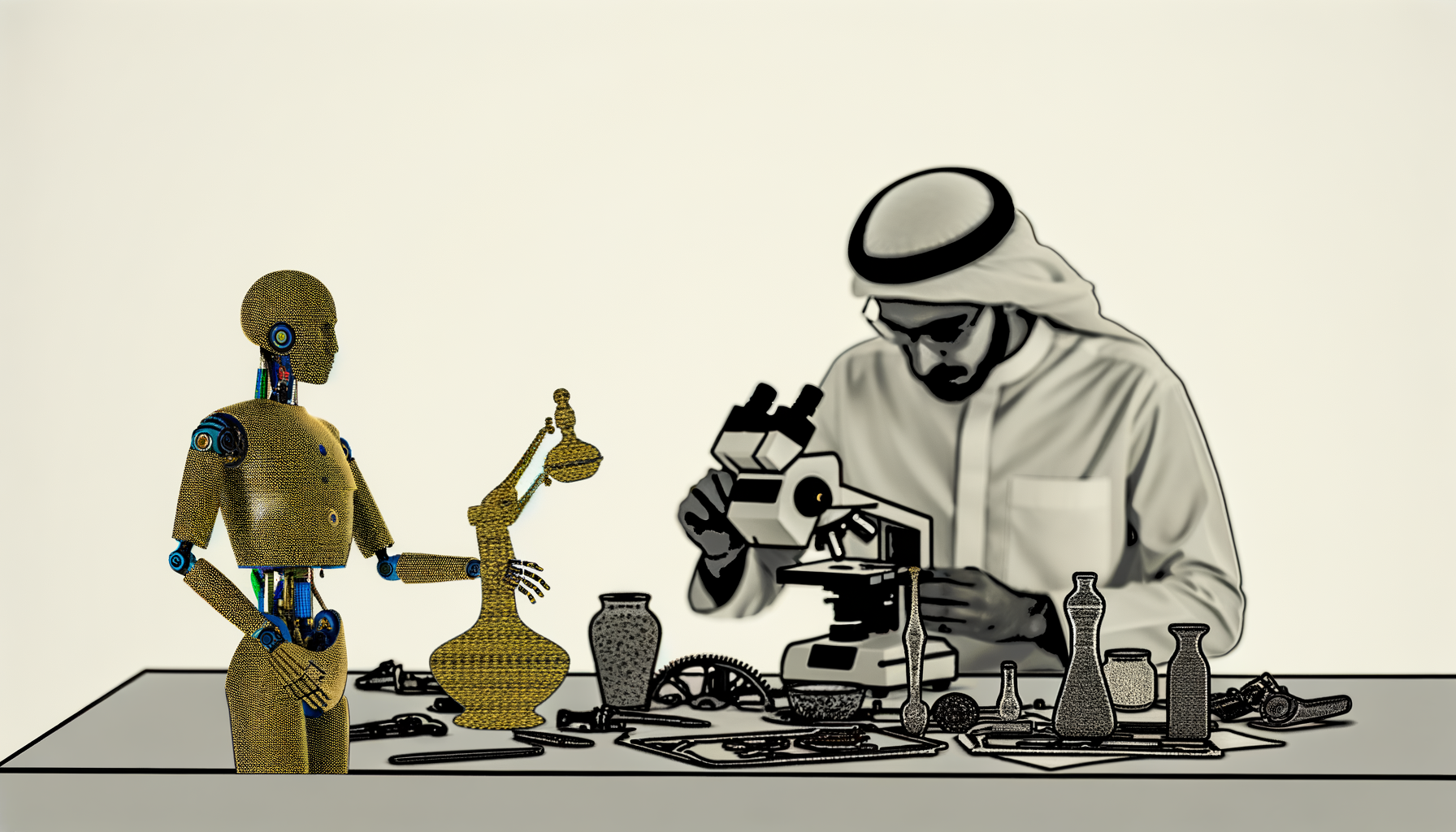Everything you think you know about NLP is about to be shattered—your model isn’t intelligent, and your competitors might already know the secret. Are you ready to move beyond the text?
Is Traditional NLP Reaching Its Limits?
Natural Language Processing has long been heralded as the backbone of AI’s “understanding.” The last decade saw dazzling advances: transformers, pre-trained models, GPT, and BERT. But look closer. Strip away the hype, and you’ll find an uncomfortable reality—most of today’s models are just statistical machines for matching text patterns, still fundamentally blind to context beyond their training data. The implications? From creative hallucinations to brittle chatbots, today’s NLP stalls when thrown into real-world messiness, ambiguity, and multimodal signals. That’s a death sentence for anyone serious about pushing AI into high-value, real-time applications.
Ask yourself: Is reading really understanding? Or are we missing the signals that true context demands?
Context: The Currency of Human-Like Intelligence
In daily life, understanding is much more than stringing words together. It’s seeing the scene, reading the tone, catching the glances—in short, integrating verbal, visual, and even cognitive signals to build true context. Human brains naturally navigate this multimodal landscape. Current NLP systems pretending otherwise are, frankly, stuck in the past.
The next big leap in AI won’t come from bigger language models, but from those that grasp context across modalities—text, vision, and cognitive cues—simultaneously.
If you’re building virtual assistants, autonomous agents, or collaborative tools, mono-modal text processing simply won’t cut it.
What Does Multimodal Cognitive Reasoning Mean?
Let’s break it down:
- Multimodal: The ability to process and synthesize information not just from text, but from images, sound, gaze, gestures, and more.
- Cognitive: Going beyond recognition—models must interpret, infer intentions, disambiguate references, and predict unspoken needs. They must “think” in context.
Imagine a collaborative robot understanding a colleague’s instructions—the real challenge is to track spoken commands, facial expressions, object locations, and implied goals, all at once. Only then does reasoning become robust, adaptive, and useful outside controlled lab demos.
The Shift Powering the Next AI Breakthroughs
Recent research is rapidly closing the gap. Multimodal Large Language Models (MLLMs) are combining vision, text, and even sensor data, unlocking abilities never seen in traditional NLP. Take a look at the most advanced auto-captioning systems, collaborative embodied agents, and even wearables interpreting user intent—they all share one trait: contextual, multimodal intelligence.
Recent Trends and Noteworthy Systems
- Integrated Perception: Advanced models like CLIP and GPT-4V demonstrate that adding images to the mix lets systems “understand” deeper meaning, recognizing when “the cat is on the mat” versus “under the table”—not just as a string pattern, but as spatial relationships in a scene.
- Real-Time Adaptation: Hybrid agents can now use gaze tracking and gestural pointers to resolve ambiguous references like, “Put that over there,” in collaborative tasks. Context from language and vision closes the loop.
- Beyond the Dataset: Emerging systems use cognitive signals (e.g., eye movement, EEG, bodily cues) for applications like adaptive interfaces and accessibility tools—enabling real-world, personalized interactions that static language-only models cannot touch.
In plain terms: Your next AI project will either master multimodal context, or it will be obsolete the moment users step outside your sanitized test suite.
Why Text-Only Models Fall Apart in Practice
It’s easy to be seduced by the staggering benchmarks of LLMs. But consider these scenarios:
- Ambiguous Commands: “Can you move that closer over there?” — Without vision, the referent and action can’t be reliably resolved.
- Collaborative Work: In team environments, intent may be signaled by eye contact, gesture, pointing, or shared gaze, not just words. Text-only models miss this entirely, leading to failed task execution.
- Dynamic Environments: In robotics, spatial reasoning and object relationships are inseparable from perception. Language-only reasoning collapses amid real-world variability.
Even in digital-only work: Understanding diagrams, UIs, or the emotional subtext in communication (through voice or video) demands models that can bridge words, images, and signals. Purely linguistic approaches will simply hallucinate—or worse, mislead users in high-stakes settings.
Multimodal Cognitive Systems: Under the Hood
What makes multimodal cognitive models fundamentally different?
- Joint Embeddings: These models create shared spaces where images, text, and other sensory data reside—empowering cross-reference and disambiguation in ways humans innately perform.
- Attention Across Modalities: Mechanisms like cross-attention enable the model to weigh signals from language and vision together, dynamically shifting focus as context demands.
- Contextual Memory: Architectures increasingly track and recall multimodal context over time, rather than treating each input in isolation.
- Task-Awareness: By tracking not just static content but evolving goals and roles in collaborative tasks, intelligent agents go from answer machines to real partners.
Case Study: Embodied Collaboration
Picture a warehouse robot learning to stack boxes alongside a human coworker. The human says, “Put those here.” The robot processes the speech, maps “those” to a stack of boxes the human just pointed at, and “here” to a cleared space the user glanced toward. Only by fusing audio, visual, and gaze data does the robot act intelligently—handling ambiguities, errors, and real-world variation in human behavior.
Why does this matter beyond robotics?
Adaptive AI tutors, virtual meeting assistants, and healthcare diagnostic tools all require contextual awareness—because meaning isn’t in text alone, but in the complex multimodal reality users inhabit.
Multimodality: Not Just a Buzzword
If your AI can’t understand context beyond prepackaged text, you’re not solving the problem—you’re ignoring it.
Practical Steps to Bridge the Gap
- Redefine your data pipeline: Start considering images, video, gestures, and sensor data as first-class citizens, not afterthoughts. Annotate, align, and fuse them with linguistic data for deep learning.
- Adopt multimodal architectures: Experiment with open-source frameworks that allow joint encoding across signals—PyTorch’s multimodal toolkits and newer research models are a solid start.
- Validate in live, messy environments: Don’t just rely on static datasets. Challenge your systems in real-world, collaborative tasks where traditional NLP breaks down.
- Collaborate with cognitive experts: Cross-pollination with neuroscience and HCI unlocks access to richer signals and design patterns for adaptive intelligence.
- Stay humble about benchmarks: Numbers on text competitions won’t reflect true performance in dynamic, multimodal settings. Build for robustness, not just paper wins.
What’s Next? The Real Winners in NLP’s New Era
The upshot is unavoidable: Those who ignore the multimodal, cognitive revolution will ship brittle, obsolete tools—and lose user trust at the human-AI interface. The hardest problems in NLP today lie not in training slightly better LLMs, but in moving past language to the full breadth of context in which meaning emerges. Those investing in this direction are already leapfrogging benchmarks into practical, adaptive, and fundamentally more “intelligent” systems.
Want tangible impact, not just citations? Bet on multimodal cognitive reasoning.
Your model isn’t truly intelligent until it understands context—across text, vision, and beyond—just like we do.





